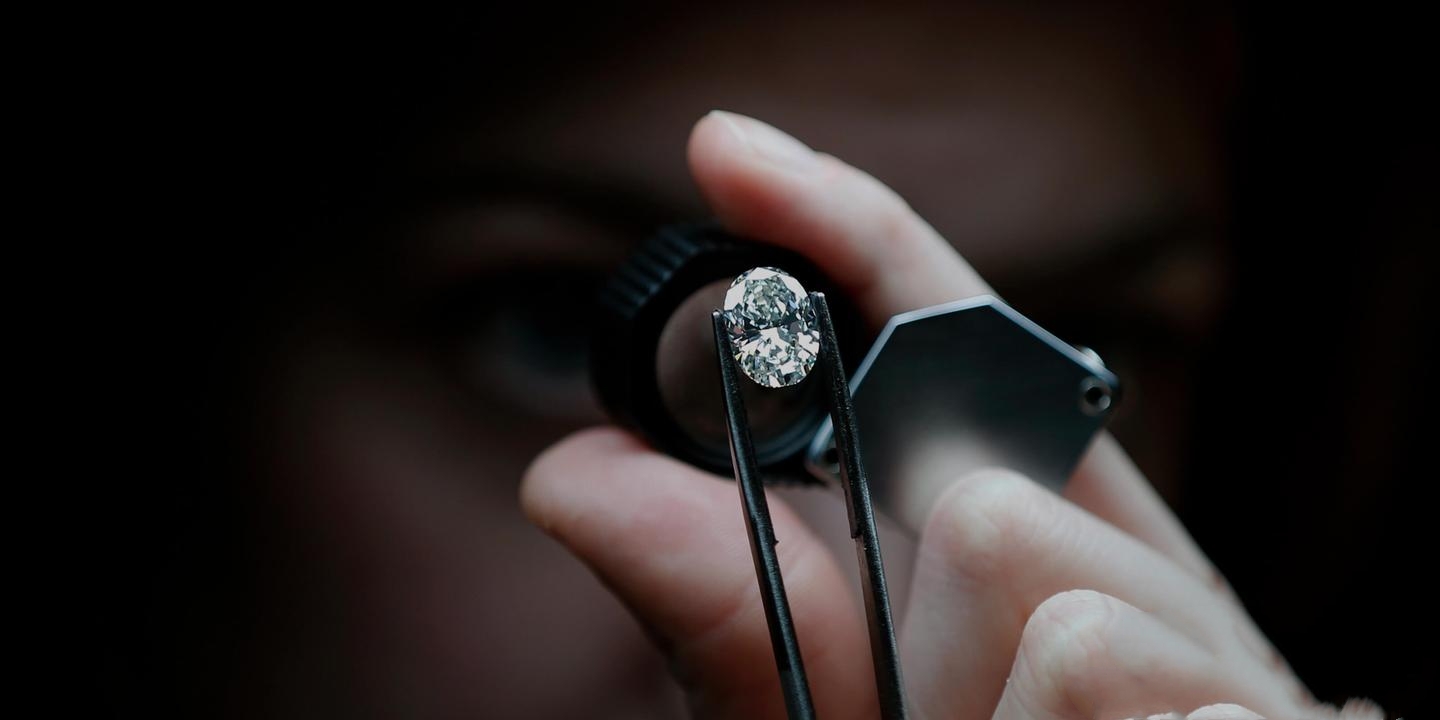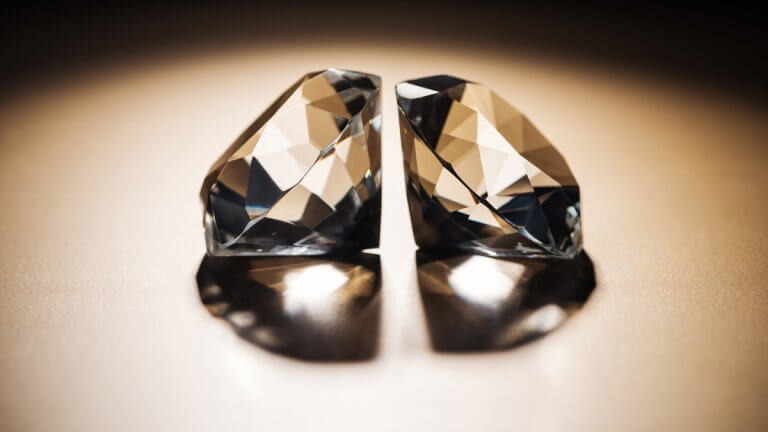Lab-grown diamonds have emerged as a popular alternative to mined diamonds due to their ethical sourcing, environmental sustainability, and cost-effectiveness. When purchasing lab-grown diamonds, consumers often encounter two prominent certifications: igi vs gia lab grown. In this article, we’ll delve into the differences between IGI and GIA lab-grown diamonds, helping you make an informed decision.
1. Introduction
Lab-grown diamonds, also known as synthetic or cultured diamonds, are created in controlled laboratory environments using advanced technological processes that replicate the natural diamond-growing conditions. These diamonds possess identical physical, chemical, and optical properties to mined diamonds but are more sustainable and affordable.
2. What is IGI?
The International Gemological Institute (IGI) is a renowned gemological laboratory that provides grading and certification services for diamonds, including lab-grown diamonds. IGI evaluates the quality and authenticity of diamonds based on various parameters such as cut, color, clarity, and carat weight. Their certification ensures transparency and credibility in the diamond market.
3. What is GIA?
The Gemological Institute of America (GIA) is one of the most respected gemological institutions globally, renowned for its stringent grading standards and research-based approach. GIA offers comprehensive certification for both mined and lab-grown diamonds, setting industry benchmarks for quality and integrity.
4. Lab-Grown Diamonds: An Eco-Friendly Choice
Lab-grown diamonds are produced using sustainable practices with minimal environmental impact compared to traditional diamond mining. By opting for lab-grown diamonds, consumers contribute to conservation efforts and reduce the demand for natural resources, making it an eco-conscious choice.
5. Price Comparison
IGI vs GIA Lab-Grown diamonds may vary in price due to factors such as the quality of the diamond, market demand, and brand reputation. Generally, GIA-certified diamonds command a premium due to the institute’s esteemed reputation and rigorous grading standards.
6. Quality Assurance
Both IGI and GIA adhere to strict quality assurance protocols to ensure accurate grading and certification of lab-grown diamonds. Their rigorous testing processes guarantee the authenticity and integrity of the diamonds, providing consumers with confidence in their purchase.
7. Popularity and Recognition
While GIA holds a dominant position in the diamond industry, IGI has gained significant recognition for its expertise in grading lab-grown diamonds. Consumers’ preferences may vary based on factors such as brand reputation, pricing, and availability.
8. Availability and Accessibility
IGI vs GIA Lab Grown diamonds are widely available through various retailers, both online and offline. The accessibility of these diamonds allows consumers to choose from a diverse range of options based on their preferences and budget.
9. Brand Reputation
The reputation of IGI vs GIA Lab Grown diamonds influences consumer trust and perception. While GIA’s longstanding reputation adds credibility to its certifications, IGI’s focus on innovation and technology contributes to its growing recognition in the market.
10. Customer Satisfaction
Feedback and reviews from customers play a crucial role in determining the satisfaction levels with IGI and GIA-certified lab-grown diamonds. Factors such as product quality, customer service, and overall experience contribute to consumer preferences and loyalty.
11. Industry Standards and Compliance
Both IGI and GIA adhere to industry standards and ethical practices in their diamond grading processes. Their commitment to transparency, integrity, and compliance ensures the authenticity and reliability of their certifications.
12. Innovation and Research
IGI and GIA invest in research and innovation to enhance their diamond grading methodologies and technologies continually. By staying at the forefront of technological advancements, they contribute to the evolution of the diamond industry and ensure accuracy and consistency in their certifications.
13. Future Outlook
The demand for lab-grown diamonds is expected to grow significantly in the coming years, driven by consumer awareness of ethical and environmental concerns. IGI and GIA will continue to play pivotal roles in shaping the future of the lab-grown diamond market through innovation and industry leadership.
14. Conclusion
In conclusion, both IGI and GIA offer reputable certification services for lab-grown diamonds, each with its unique strengths and advantages. Whether you prioritize brand reputation, pricing, or sustainability, it’s essential to consider your preferences and values when choosing between IGI and GIA-certified diamonds.






